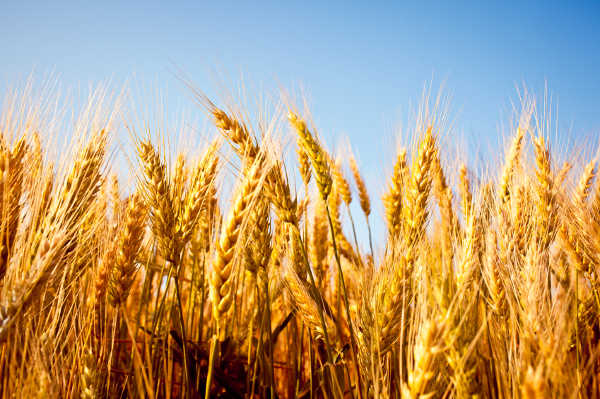The Alberta Wheat Commission (AWC) is calling on the Canadian Grain Commission (CGC) to modernize the Canadian grading system in line with international market demands to improve long-term profitability for wheat farmers. A market-based system aligned with universally measured grain specifications would better position farmers to maintain competitiveness and receive fair market value for the grain they produce._x000D_
_x000D_
“We have observed an evolution in the way wheat is marketed to Canada’s customers,” said Kevin Auch, Alberta Wheat Commission Chair. “International buyers aren’t looking purely at CGC grades anymore—they’re looking at universal quality specs. Modernizing our grading system is a necessary move to ensure Alberta’s farmers receive the maximum value for the quality of wheat they produce.”_x000D_
_x000D_
Since Canadian farmers do not sell directly to international buyers, they rely on the systems in place to ensure quality in Canada aligns with the needs of our customers. AWC recommends that a revised system should move toward more accurate testing methods for potential downgrading factors, such as Falling Number (FN) tests for sprout damage, and Deoxynivalenol (DON) testing to assess the impact of Fusarium Graminearum on wheat quality. This would limit the instances where wheat is being downgraded to feed after visual testing, but acceptable quality for the milling market. Some grain companies now test for FN at local facilities._x000D_
_x000D_
“This crop year has resulted in variable quality for farmers in Alberta and across the Prairies. We want to ensure that our grading system is not severely downgrading wheat that is considered good quality milling wheat in international markets,” added Auch._x000D_
_x000D_
AWC approves of recent changes to mildew guides for a more market-based approach, but is calling for the CGC to evaluate and align Canada’s mildew guides with the United States (U.S.) standards, which better position farmers for market competitiveness. AWC encourages the CGC to move quickly in aligning the wheat grading system with international market demands, as well as support the adoption of technology to enable more accurate testing methods for wheat quality assessment.











